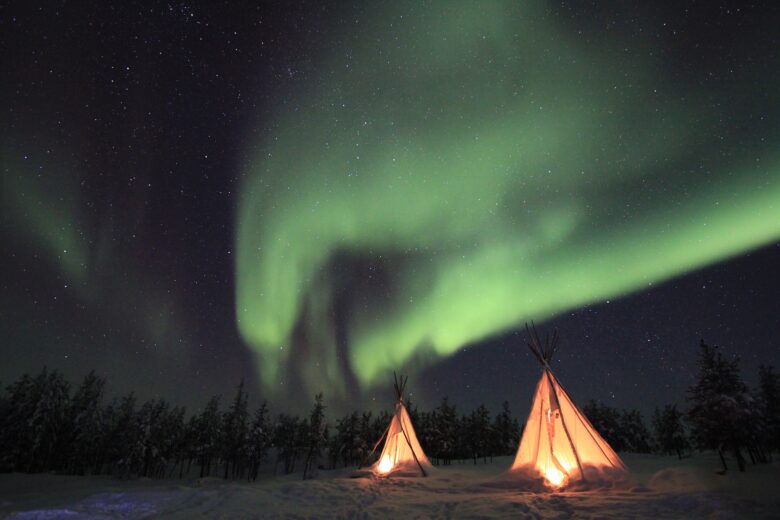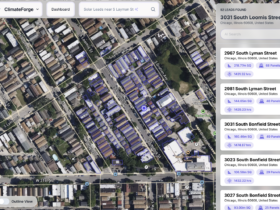SEO Description: A poignant account of the harrowing journey made by Canadian residents fleeing a raging wildfire, exploring the severity of the disaster and its human implications.
The serenity of the pristine Canadian forests was shattered abruptly when Garth Carman and his wife Linda were forced to evacuate in the face of a rapidly escalating wildfire. Amid the chaos, they managed to transport five cats they were fostering from people in Fort Smith, along with their own three feline companions. Their escape route, a three-hour drive east to Fort Resolution, turned into a nightmare when a violent wave of fire swept over the highway, rattling and igniting the surrounding trees in a terrifying dance of destruction.
Just 24 hours earlier, Carman had departed his Hay River home, the evacuation order for the town still fresh. His wife trailed in her Subaru Legacy Station Wagon as he led the way in his newly acquired Jeep. As they journeyed forth, the air quickly became thick and oppressively warm, reminiscent of the intense heat radiating off a kettle of boiling water.
However, the challenges didn’t stop there. On their frantic journey to safety, the family’s Toyota Tundra pickup was hit from behind in the mad rush of people trying to escape the same hellish scenery. Further inspecting the damage revealed all four tires had distorted due to the heat radiating from the fiery road surface.
The wildfire that forced Carman’s hair-raising evacuation forms part of an alarming surge in wildfires spreading across the country. Since May, over 2 million hectares of immaculate wilderness have been ravaged by wildfires—making this year the most destructive on record in Canada.
Yellowknife, the solitary city in the Northwest Territories, has fallen under the ominous shadow of its very own fire beast—dubbed ZF015. This fire, alongside one near Ingraham Trail, has virtually encircled the city with flames, leaving inhabitants in a state of vulnerability. Mike Westwick, a territory Information Officer, revealed that across the North Slave region, thousands have been impelled to vacate their homes.
Naledi Ndlovu, a recent high school graduate, speaks from a distant rest stop in Grand Prairie, Alberta, almost 1,200 kilometers from Yellowknife. She desolately describes her family’s harrowing escape from their city under siege by flames and smoke. Her narration is a chilling account of a panic-filled drive through a smoky haze, with terrified wildlife darting across highways and smoke deadening the highway’s usual traffic sounds.
As the sun set and the highway filled with weary, anxious drivers, her father clung desperately to the steering wheel. Visibility was intermittently lost as the smoke thickened to an almost impenetrable fog. Ndlovu says, “At some point it got so smoky that we couldn’t see the cars in front of us.” The tension among the evacuating residents was palpable as drivers raced each other, aiming to reach a safe zone as swiftly as possible.
Despite escaping the immediate threat of the wildfires, the woes for Ndlovu’s family were far from over. Their journey towards Calgary was halted due to the need for a new set of tires, a consequence of the intense heat experienced on their flight from Yellowknife.
Tragically, Yellowknife is not the only community in the region facing such an ordeal. Other local communities including N’dilo, Dettah, and Kakisa, along with the residents of Hay River, Enterprise, Fort Smith, and K’atlodeeche First Nation, have all been given evacuation orders. Each represents a snapshot in the canvas of this wildfire crisis, adding to the human toll and underlining the urgency for a comprehensive solution to this growing ecological crisis.












